LaTeX templates and examples — Reports
Write up experiments and research with LaTeX templates for project and lab reports—including layout guidelines to help guide you through the writing process.
Recent

A latex package for the preparation of tenure and promotion dossier. % M.R. Hadizadeh % E-mail: mhadizadeh@gmail.com % August 2021
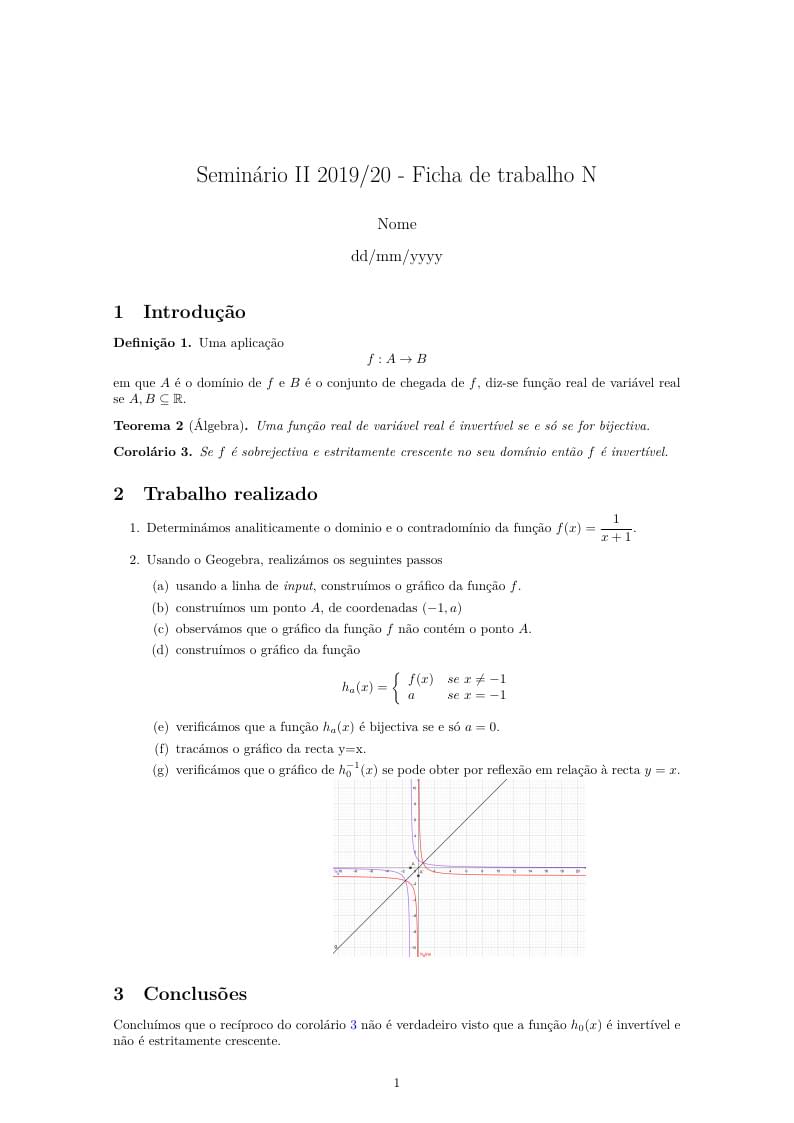
Ficheiro para registar os resultados das experiências realizadas na disciplina Seminário II - módulo funções em 2019/20
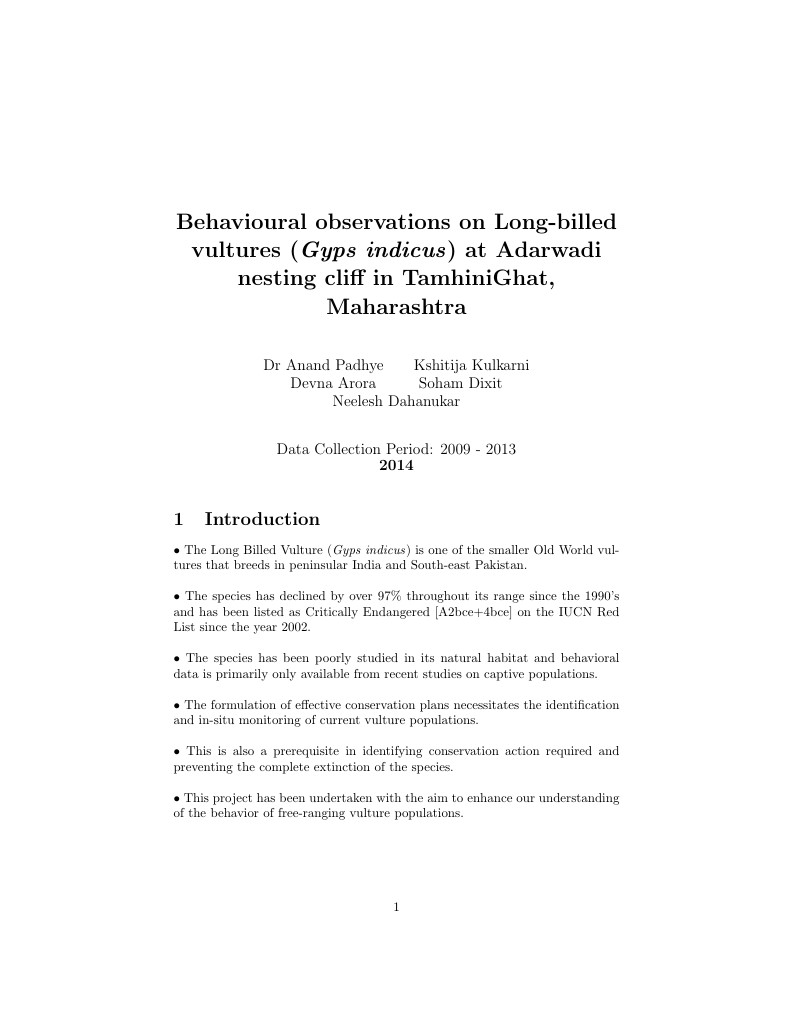
Behavioural observations on the critically endangered Long-billed vultures (Gyps indicus) at Adarwadi nesting cliff in Tamhini Ghat, Maharashtra, India. Nests and perches identified and statistical data collected for the same.
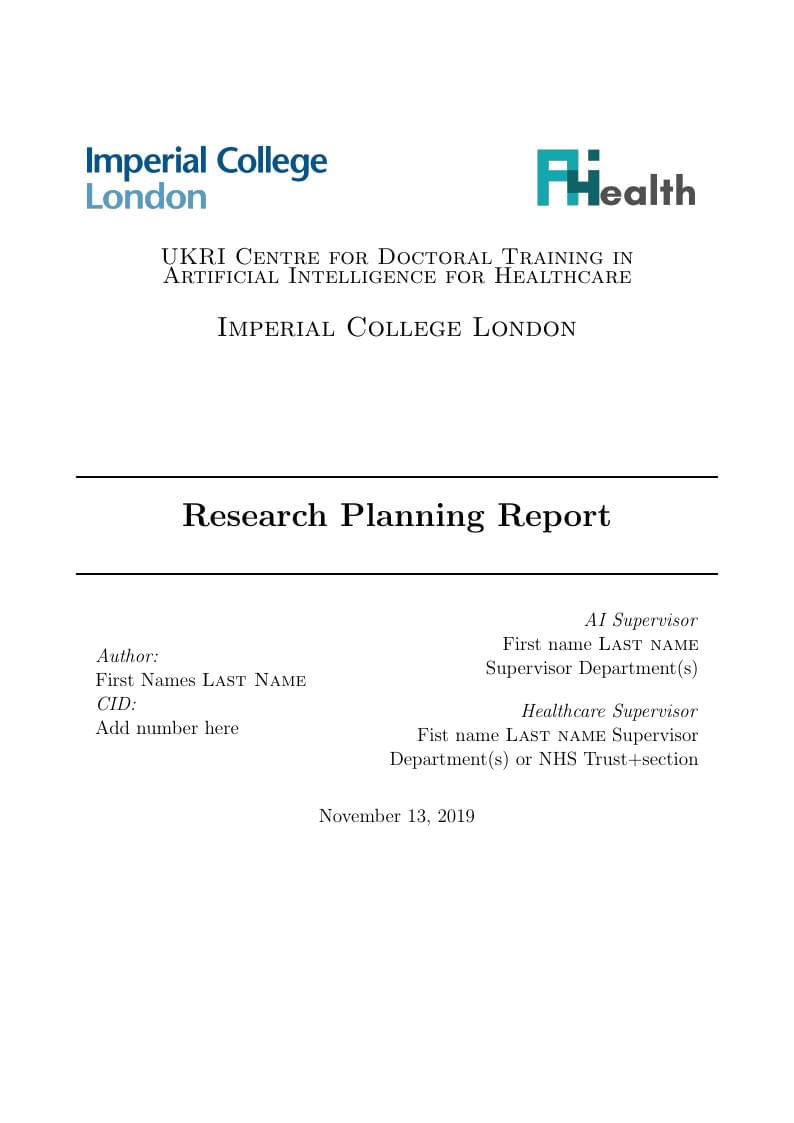
This is the template for research plan confirmation the UKRI CDT in AI for Healthcare @ Imperial College.
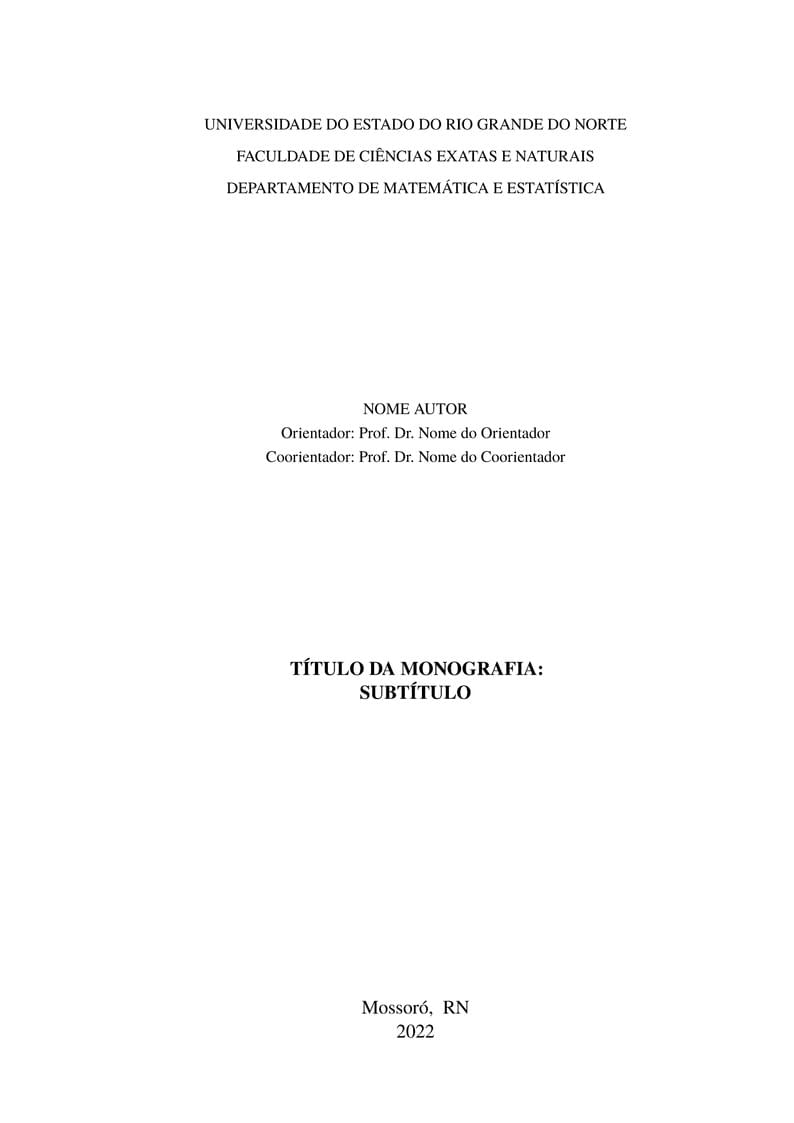
Modelo de Monografia sugerido para os discentes do curso de Licenciatura em Matemática da Universidade do Estado do Rio Grande do Norte
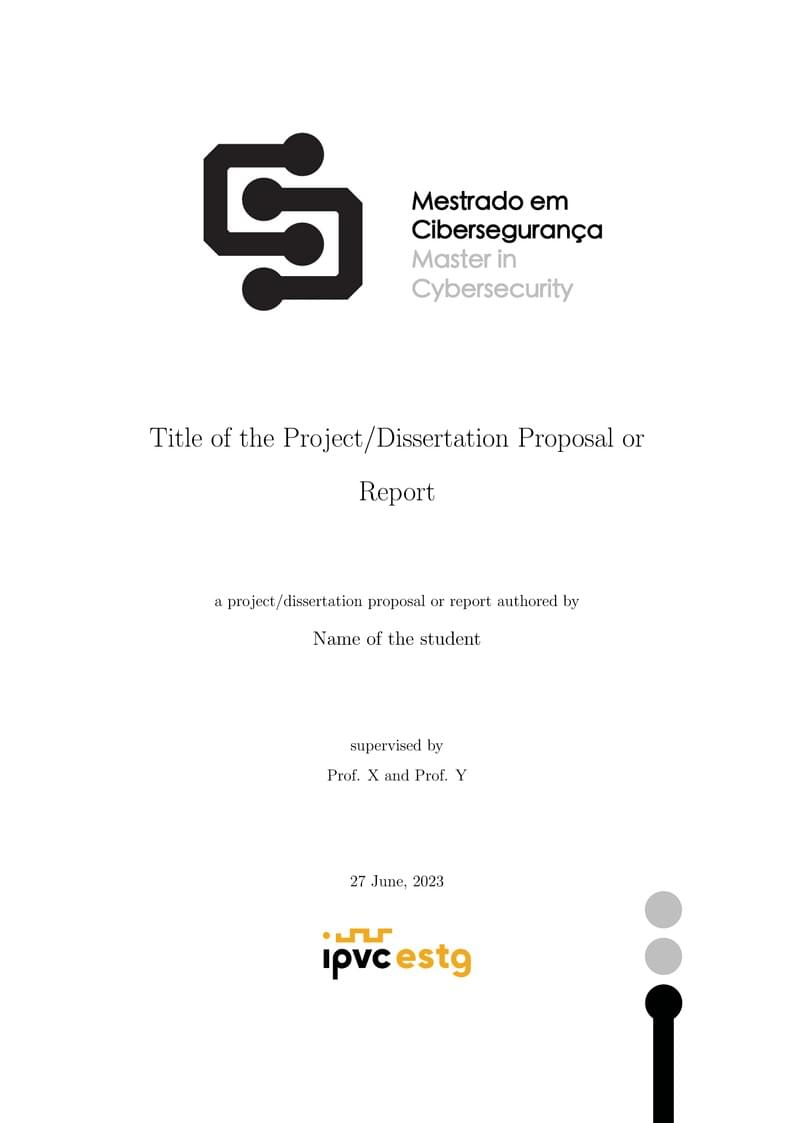
Project/Dissertation or Report template to be used by MCyber students
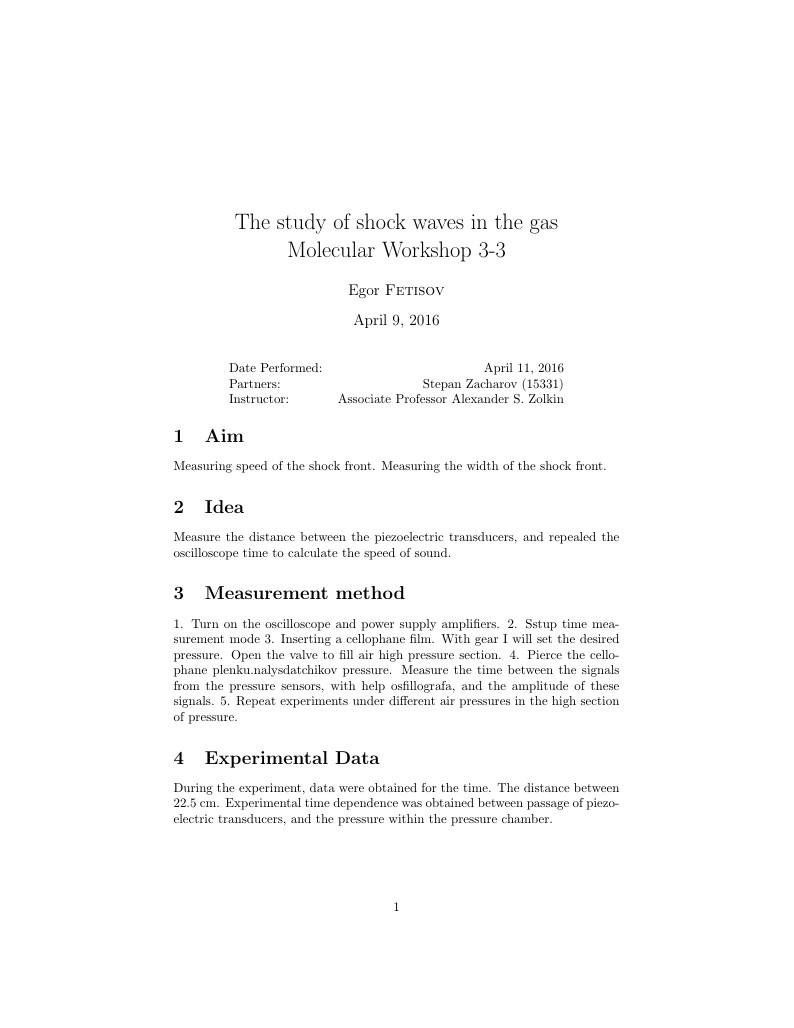
Report on laboratory practical
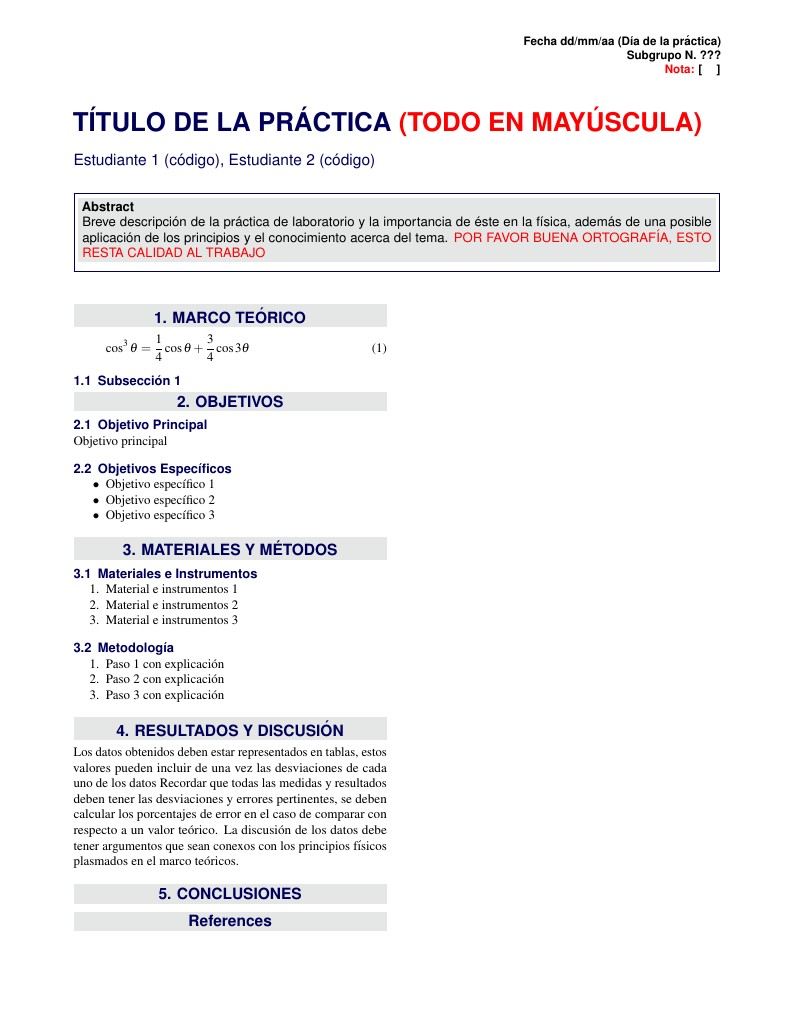
Versión on-line del modelo enviado por Fabián Gonzalez para las prácticas de "Laboratorio de mecánica 1". Los problemas para compilar han sido solucionados; además, se incluyen algunos paquetes útiles para la elaboración de figuras, tablas y fórmulas en el documento.

Modelo projeto de Pesquisa apresentado ao curso de Bacharelado em Ciências da Computação, como requisito para obtenção do grau final na disciplina de Projeto Final de Curso 1. (abtex2-modelo-projeto-pesquisa.tex, v-1 PFC 1 2016 Copyright 2012-2015 by abnTeX2 group This work consists of the files abntex2-modelo-projeto-pesquisa.tex and abntex2-modelo-references.bib)
\begin
Discover why over 20 million people worldwide trust Overleaf with their work.